Carpenter bees may seem harmless buzzing around your garden, but when they start burrowing into the wooden structures of your home, they can cause significant damage. In this blog, we’ll explore how using carpenter bee traps can be a simple and effective solution to protecting your home without harming these essential pollinators.
Understanding Carpenter Bees and Their Behavior
Carpenter bees are large, solitary bees known for boring holes into wood to create their nests. Although they may look like bumblebees, their nesting habits can lead to structural damage over time. Understanding their behavior is key to managing their presence effectively. These bees prefer untreated, softwood surfaces where they can easily excavate tunnels for laying their eggs. It’s fascinating to note that they reuse and expand existing nests, meaning a single pair can cause progressive damage over the years if left unaddressed.
The Damage Carpenter Bees Can Cause
While they don’t eat wood, carpenter bees drill into it to lay eggs, leaving behind unsightly holes. Over time, this can weaken wooden structures, leading to costly repairs. Learn more about the signs of damage and why taking preventive action is essential. You’ll find signs of carpenter bee presence in visible holes about a half-inch in diameter and perfectly rounded, with piles of sawdust known as frass nearby. If left unchecked, water damage can occur through these holes, promoting decay and attracting even more pests to your property.
Understanding the implications of carpenter bee damage goes beyond cosmetic concerns. Structural integrity becomes compromised as these tunnels can extend up to 10 feet within the wood over several generations. This persistent drilling can lead to sagging beams and weakened structures, causing repair costs to skyrocket. Preventive measures are crucial not only to maintain the aesthetic appeal of your home but also to preserve the safety and durability of its wooden elements.
Why Carpenter Bee Traps Are the Best Solution
Traps provide a humane way to reduce bee populations around your home and prevent damage. Unlike pesticides, traps are an environmentally friendly option that target specific bees without harming other beneficial insects. Properly placed traps can help significantly reduce bee activity by using natural attractants that simulate good nesting sites. This method not only prevents future bees from causing damage but also halts the expansion of existing nests by stopping reproduction cycles.
Another advantage of using traps over other methods is their ease of use and maintenance. They require no toxic chemicals, making them safe for use around pets and children. With the increased awareness about pesticide impacts on ecosystems, using traps aligns with eco-friendly pest control strategies. Additionally, by choosing the right traps for your needs, such as the Ultimate Pro Carpenter Bee Trap, you can protect your home effectively while also contributing to broader conservation efforts.
How to Use Carpenter Bee Traps Effectively
Setting up bee traps is simple, but placement and timing are crucial for success. Discover the best practices for installing traps and ensuring that you’re addressing the issue efficiently. It’s recommended to place traps on all sides of a building where there is potential bee activity, particularly under eaves and near nesting sites. For optimal results, set up traps early in the spring before bees start nesting. Regularly check and empty traps to maintain their effectiveness throughout the season.
While installing traps, it is helpful to think about complementary measures such as replacing any damaged, untreated wood with pressure-treated lumber and painting visible wood surfaces. This discourages bees from drilling since they find painted or treated wood less appealing. These steps work together, combining the immediate impact of traps with long-term prevention strategies to protect your home year-over-year.
Additional Tips for Preventing Carpenter Bee Damage
In addition to traps, there are several other strategies you can implement to protect your home, such as painting wood surfaces and sealing existing holes. These preventive measures can enhance the effectiveness of your overall approach. Using physical barriers like fine mesh screens or netting can deter bees from accessing preferred nesting areas. Regular home maintenance plays a vital role in preventing carpenter bees, ensuring wooden structures are less attractive to them. Another smart way to make your traps even more effective is by using attractants like Bee-licious Bee Bait. This bait can lure carpenter bees into your traps, making them even more successful at keeping your home safe from damage.
If you want to further avoid carpenter bee issues, consider landscaping choices that attract their predators naturally, such as birds. Installing birdhouses can create a natural balance whereby the local fauna helps keep bee populations in check. Together with traps and prevention techniques, these ecological methods contribute to a comprehensive approach in maintaining a bee-free environment around your home, ensuring the longevity of its wooden features.
Safeguarding Your Home and Environment
Implementing carpenter bee traps is a proactive way to protect your wooden structures while respecting the environment. By understanding these bees and using effective traps, you can save your home from damage and maintain a peaceful coexistence with nature. For more ways to protect your home, check out our homepage for additional resources and products.
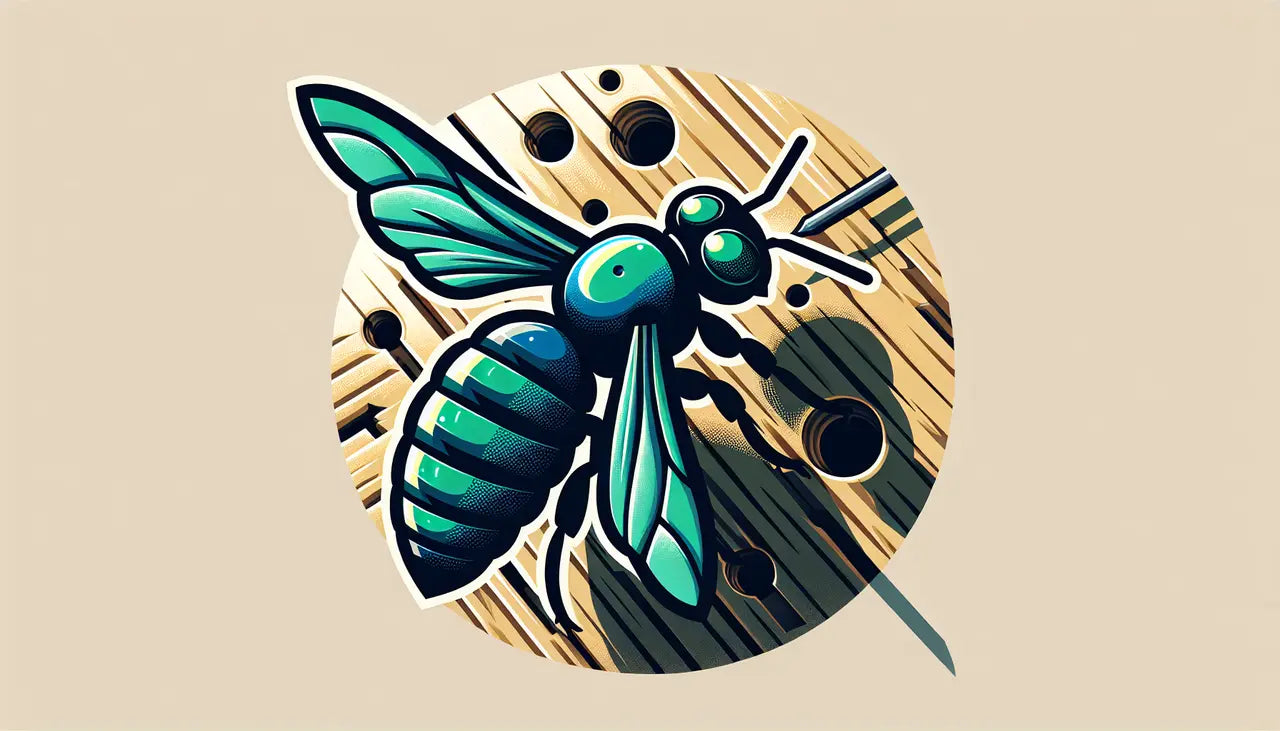
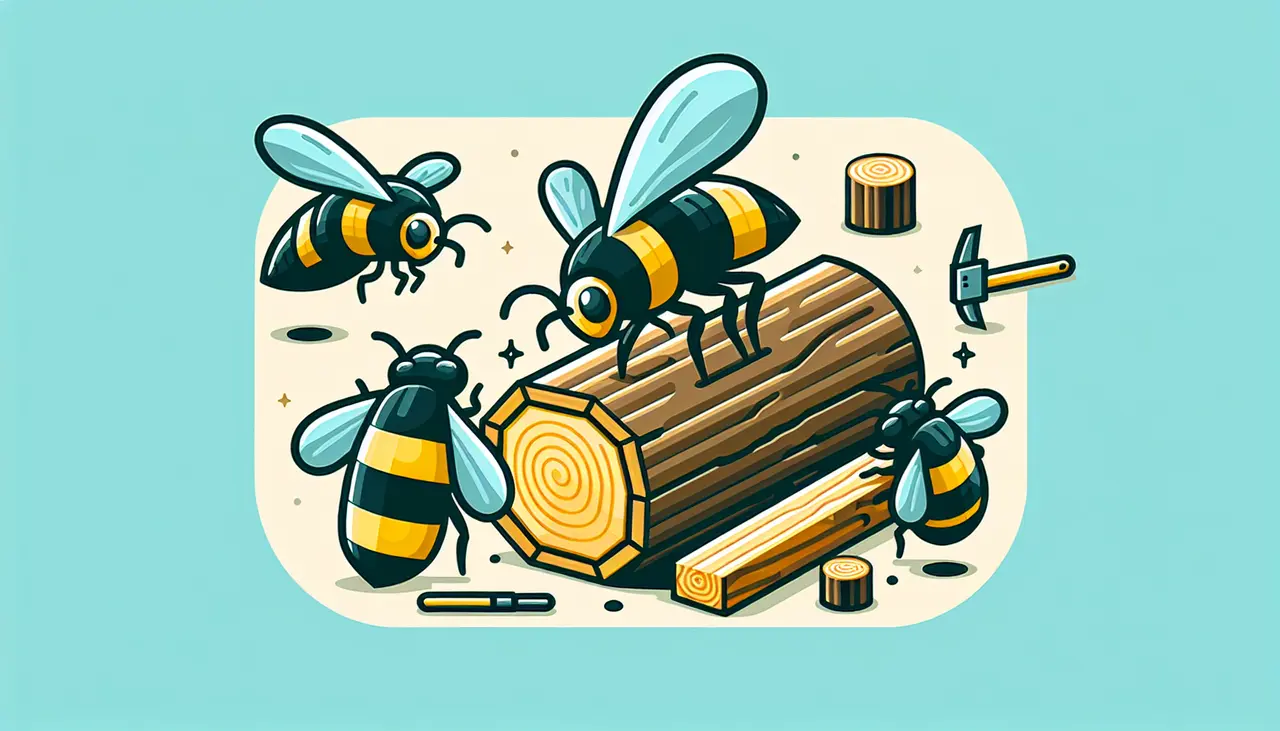
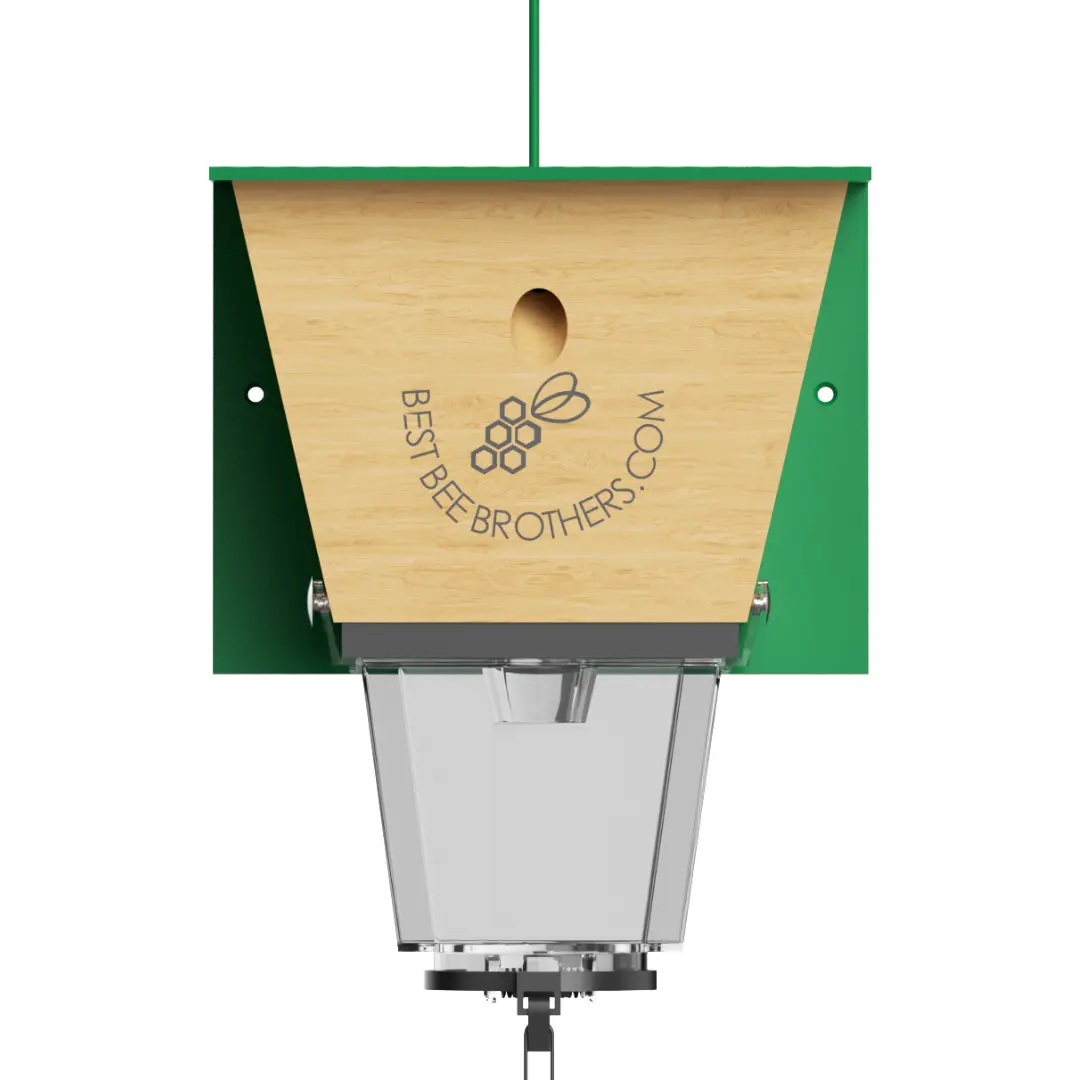
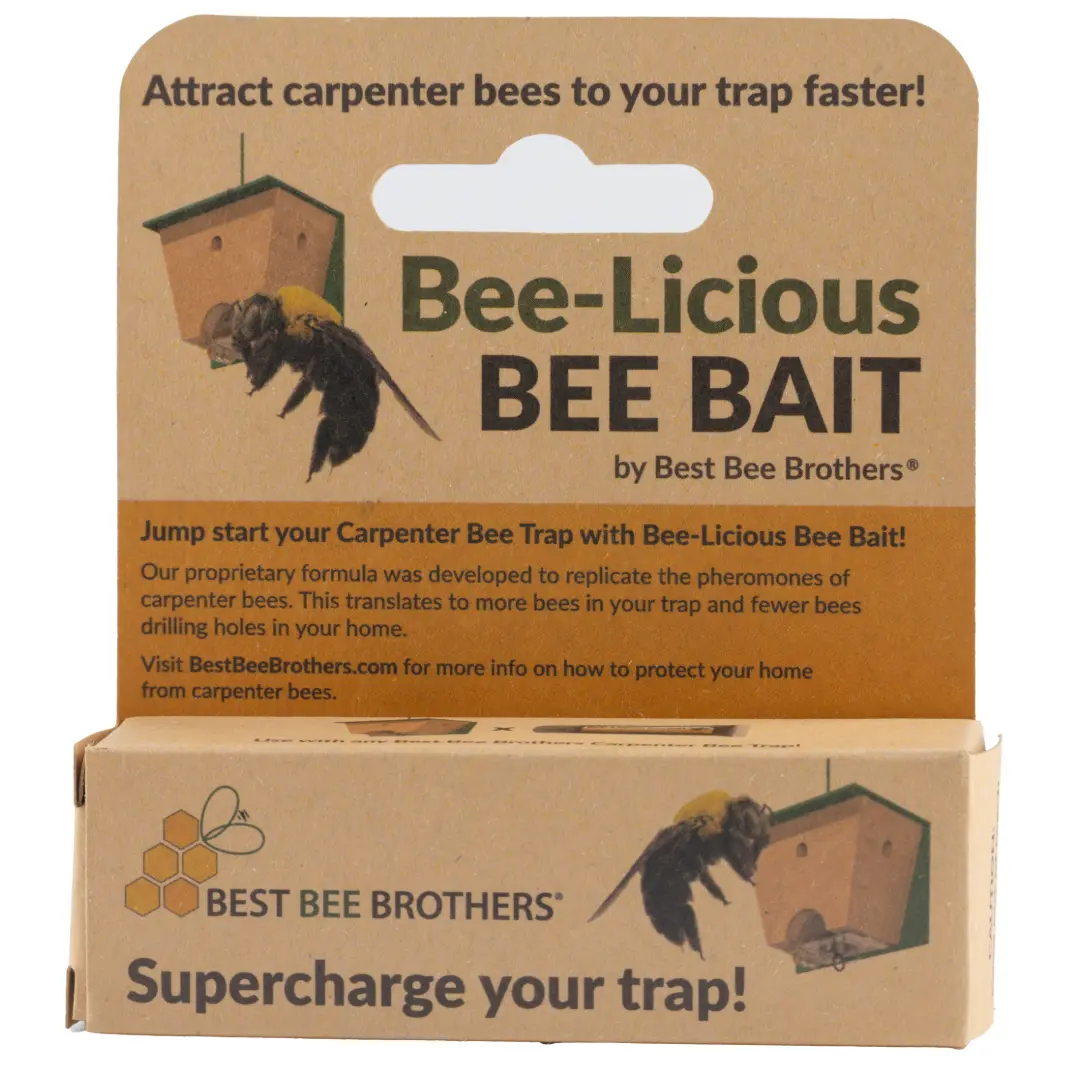
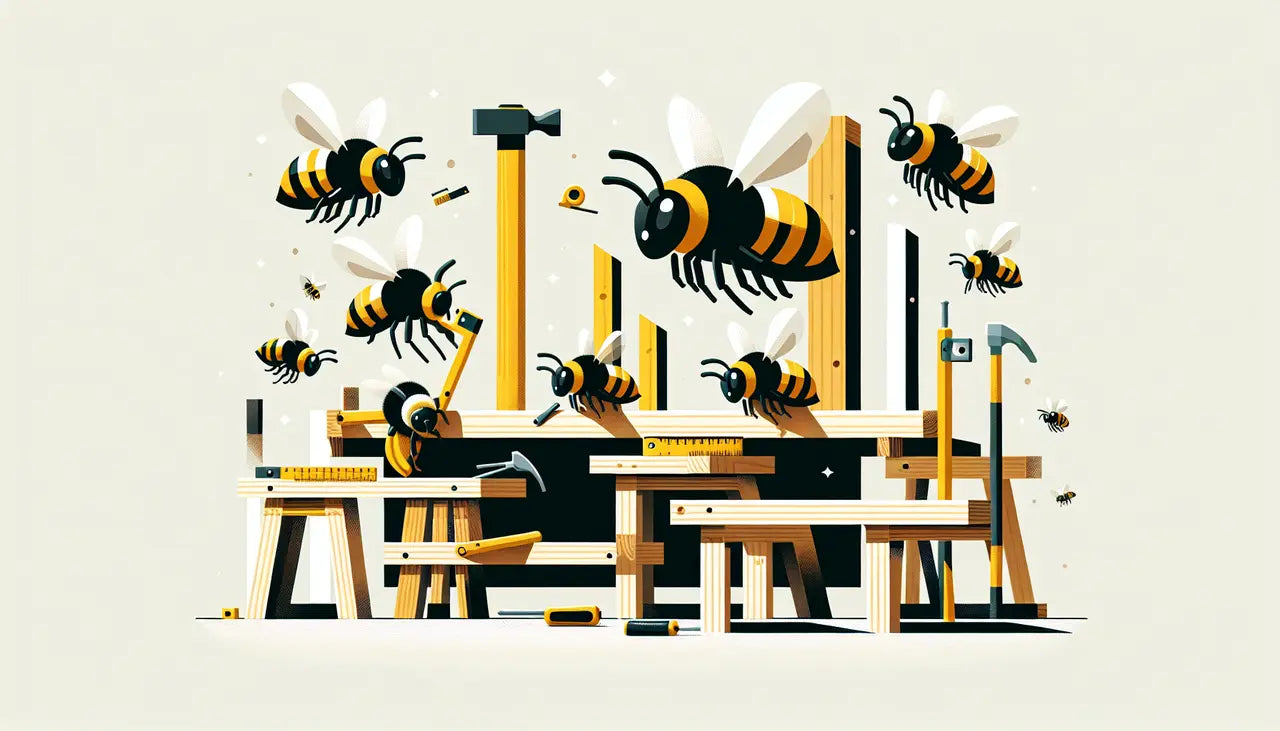
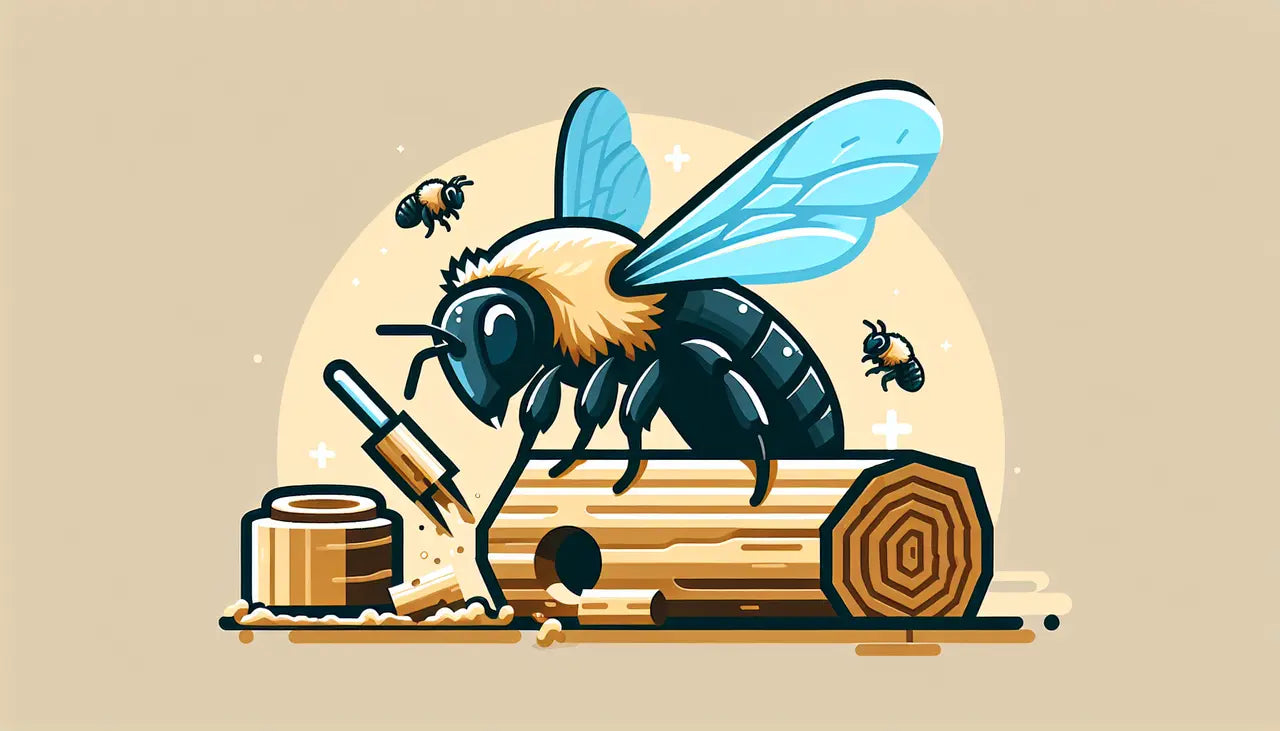
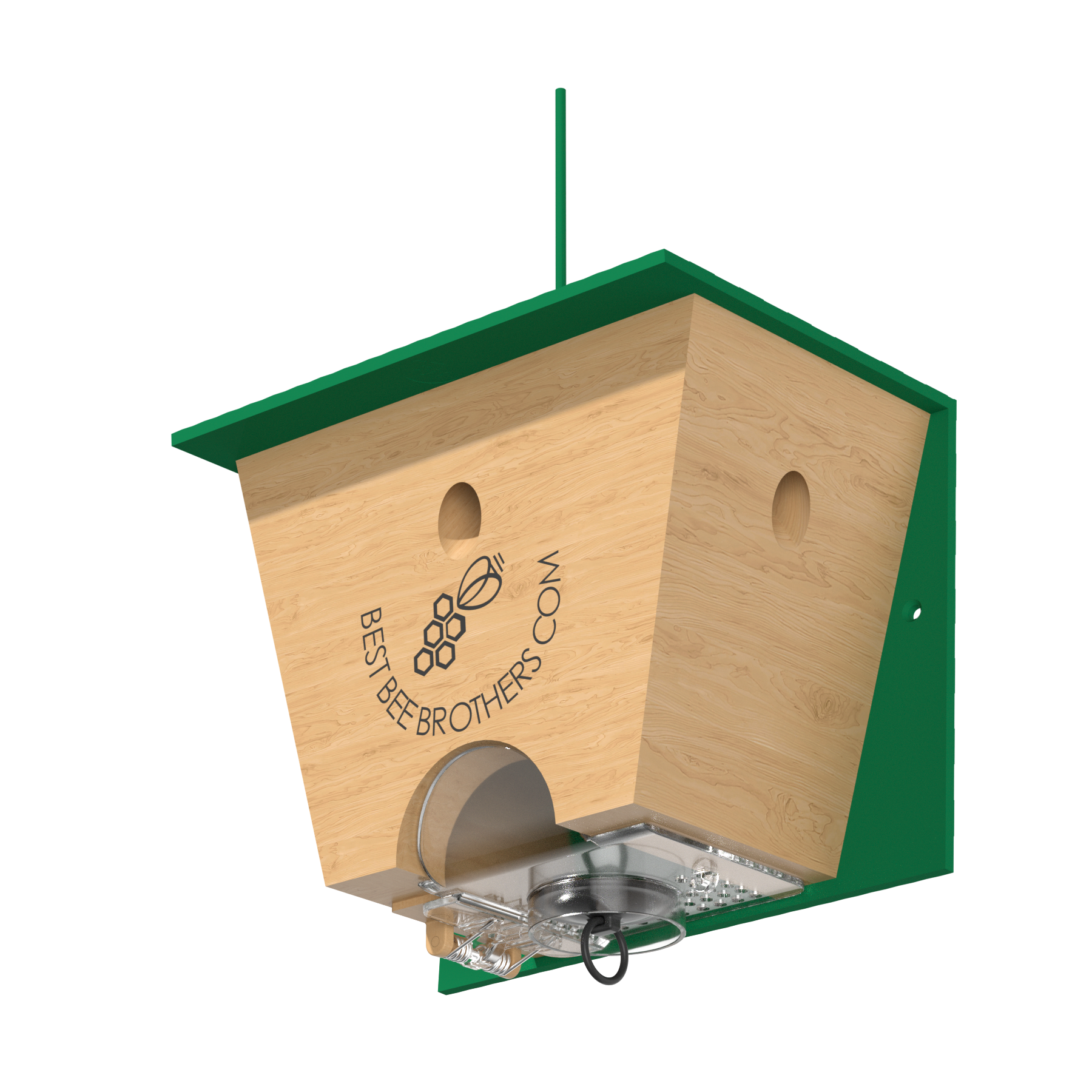





Leave a comment
All comments are moderated before being published.
This site is protected by hCaptcha and the hCaptcha Privacy Policy and Terms of Service apply.